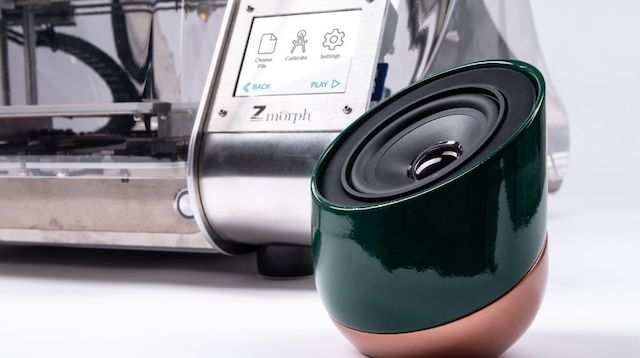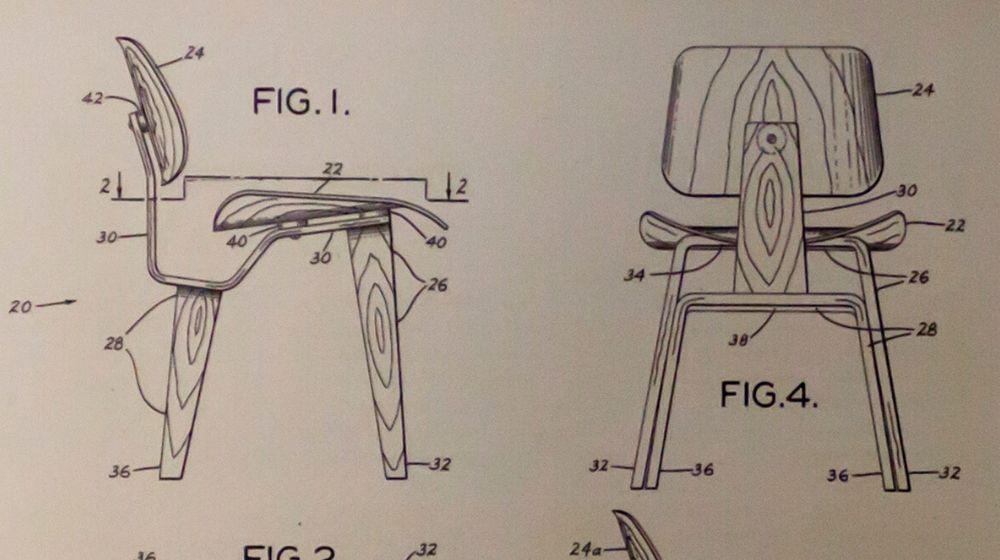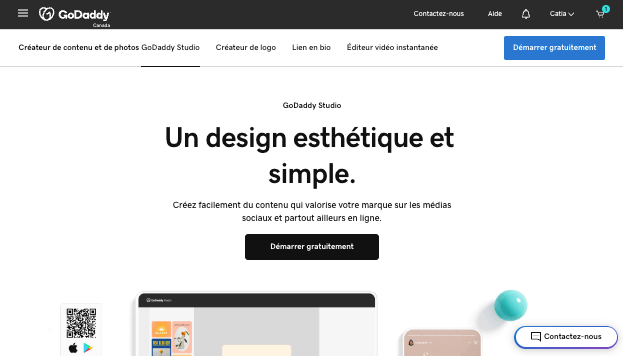One of the biggest mistakes entrepreneurs make as they develop products is that they fail to talk to potential customers during the product development process. Then their amazing idea comes out to a poor response and languishes in obscurity because it didn’t really solve anyone’s problem.
Today I’m going to help you through that by giving you insight into the five steps you need to take to develop a good product — one that sells.
The right way to do product development
If you want to create a business with staying power, use this sequence for new product development:
1. Survey the market
While some guides will tell you to head off and think of an idea first, I find this to be a backwards approach that gets entrepreneurs into trouble. The problem is that instead of looking at a hole in the market, they come up with an idea and then try to find a hole to stick their idea in.
Unless you’re deeply embedded in an industry and have a daily pain point that you think others share, don’t start with an idea — start with the research phase.
 Find a problem to solve
Find a problem to solve
This first step is all about figuring out what problems exist in your target market. One good way to do this is to search forums for the word “help” or “trouble.” You can even tie those words in with other keywords in your target market to find issues that people have written about already.
Going through these issues, start writing down the pain point of each user, noting if there was a solution. Keep track of the solution, because you’re going to need to take a look to see if it’s truly suitable or was simply the only option available.
Related: DIY market research — the small business guide
2. Decide on MVP or MVPr
In some ways this encompasses two steps:
- Planning what you’ll need to deliver your solution
- Building it out and testing it with the kind of people who will use it
The most important thing to remember is that you need to give yourself a deadline for when you’ll have something that customers can try.
In software this may be a Minimum Viable Product (MVP) created in a few weeks and delivered only to a select few people for basic feedback. Then something with more meat to it that gets widely distributed in a beta form so that users you aren’t familiar with can try it out.

Photo: ZMorph Multitool 3D Printer on Unsplash
In the physical product realm, maybe you 3D print prototypes, testing different aspects of the design to see how it works. Then you find someone who can produce a short run of products that will more closely resemble your final product.
Either way, get something in the hands of your target market quickly.
3. Measure and learn
The reason you want to get something in the hands of your target client is because you want feedback. You want to hear what parts of your idea are terrible now, because they’re going to turn customers off later and you’ll likely never hear why they didn’t choose your solution.
This is also a good time to try out some marketing tactics for the product. Set up a few different pages on your website with different ways of communicating why someone should use your solution. Then direct paid ads at these pages to see which one gets more buy in.
Try out two or three variations, then eliminate the ones that don’t work.
Depending on what you’re building, this step could take months, or even years in the physical goods space. If you believe in the idea and people are starting to put some money towards your idea, keep going.
4. Sourcing and pricing
This step is a bit more for physical goods than software ideas. With software you can usually just open up the beta program so that anyone can sign up via your payment forms. With physical goods you have to figure a few things out:
- Who’s going to build this for you?
- Who can hit the quality you need at a price that you can afford?
- How are you going to handle shipping and distribution?
Once you answer these questions, you need to figure out the final cost of your product. You should already have some idea of what your target market is willing to pay from your research phases. In fact, sometimes you’ll know the price first and need to figure out if you can deliver the product at the price point you need to hit.
Either way, by the end of this step, you should know exactly how you’re going to get your product into the hands of customers and know what the price is.
5. Bring it to market
That’s it, now you’ve worked it all out, so you can bring it to market.
During this step, it’s important to build out processes so that you can streamline your work. It’s far too easy to start by distributing small quantities and then try to stick with that same process as you increase production and continue to get further behind.

Photo: Arshad Pooloo on Unsplash
Maybe you ruled out drop-shipping when you started out; take a look again as you start to deal in bigger volumes.
For a software project, it’s time to stop the cowboy coding and build out a proper software development process so that as you bring on other developers and they can slot into the process. Doing otherwise is a recipe for downtime and errors.
Product development done the right way
Bringing a product to market can be a ride fraught with many obstacles — in fact expect them. The thing is that you can avoid a bunch of issues if you do a bit of planning.
Find that good idea, get something to market quickly and test it with your target market.
Take time to listen to your customers, and understand what it’s going to cost to deliver your product to them. Make sure you build out processes so that you can ramp up delivery as your customer base grows.
If you can follow these steps, you’re going to maximize your potential for success in your new product development efforts.





